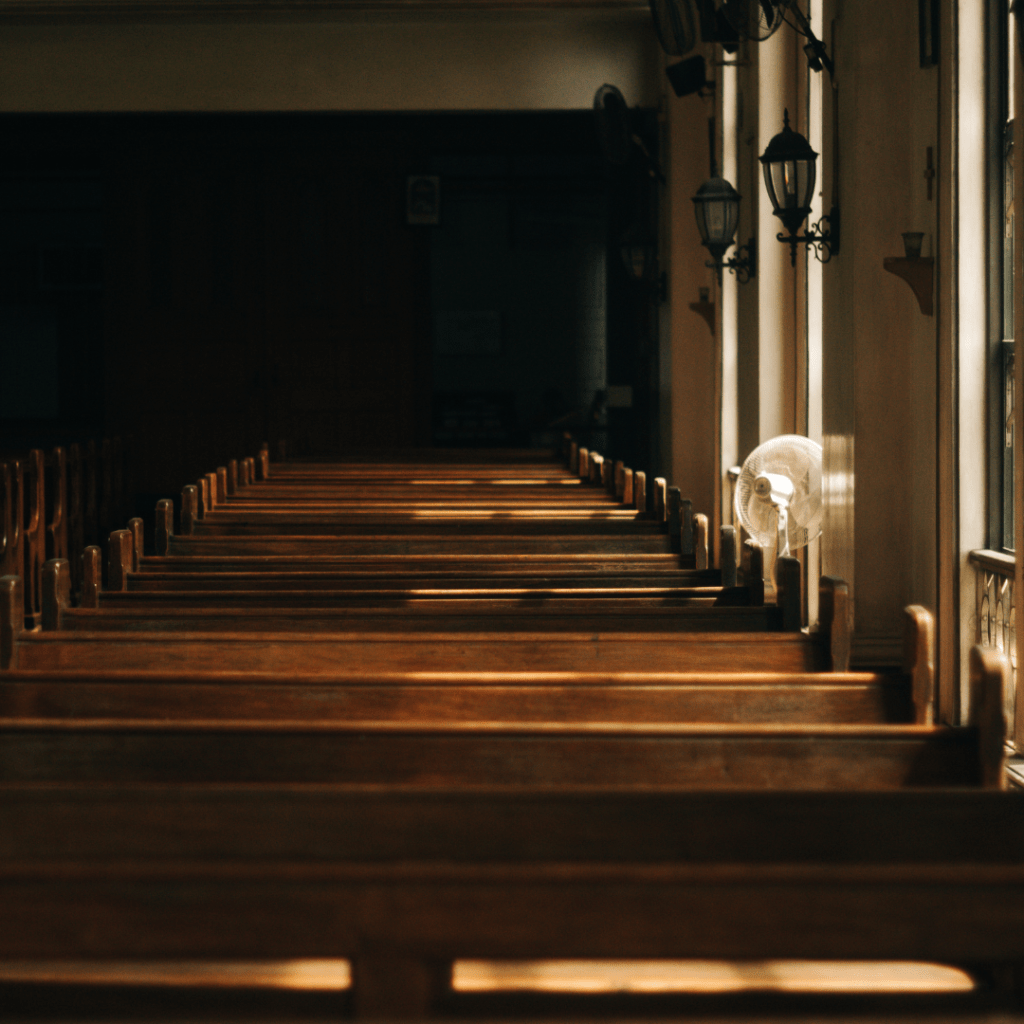
The Prophetic Witness of Place
Thursday, January 12, 2023
From Michael Anthony Howard, Minister of Faith in Action,
Living Water Association, Ohio North East, UCC
Tags: Streams of Connection | From Our Association Ministers | Faith in Action
At a time when the maintenance of our church buildings seems impossible for many of our congregations, cultivating and caring for a sense of place is needed now more than ever. The phrase ‘sense of place’ may not sound familiar, but that only underscores its significance. A healthy sense of place can give us roots that are at once spiritual and concrete. It gives us the focus we need to seriously consider our relationship with world around us. Attending to our sense of place allows us to be in tune with the ministry of our buildings, both for our congregations and our communities.
The humanist geographer, Yi Fu-Tuan, made the distinction between places that function as public symbols and places that are fields of care. Public symbols are highly visual and easy to identify. Fields of care, on the other hand, cater to all of our senses, often inconspicuously.
Public symbols command awe and attention; their hallmark is attention to form, how they exist in relation to the space around them. They are religious spaces, formal gardens, public parks, monuments. Most church buildings in America and around the world function as public symbols.
Fields of care, on the other hand, are informal. They are the repositories of our memories and dreams. When we smell the coffee brewing in the church kitchen on a Sunday morning, we are experiencing a field of care. When we revive an otherwise boring chancel, even when it goes unnoticed, we are tending to meaning-making via place, or placemaking. Think of how we carefully place the candles or coordinate all of the banners and colors. Even bulletin boards and Sunday flower signups participate in placemaking by transforming a space into a field of care. When I think about our church buildings as fields of care, I think of the place where my daughter sang in front of people for the first time; the place I heard my mother preach for the first time; the place where I saw my father’s face for the last time.
Places organize space into centers of meaning. Yi Fu-Tuan says that places are like words, but more permanent. They are tokens of an affective bond. When the emotions that we feel for other human beings find expression and are anchored, that’s when places come to life. This is why good places are drivers of attachment, why they encourage nostalgia, and why saying goodbye to them is so hard.
I imagine community ministry operating in concentric circles, as fields of care that extend outwardly as public symbols. The prophetic power of placemaking as a ministry happens when fields of care also function as public symbols, modeling for the world what healthy fields of care can look like. This is how placemaking becomes a form of prophetic witness.
Many of the challenges our congregations face today are related in some way or another to a deeply rooted love of a place, what Yi Fu-Tuan calls topophilia. At their best, our church buildings are thin places, where heaven and earth collide. They are places of ritual and celebration that somehow hold both our hope and our despair. Our sacred buildings are places where the Dream of God unfolds, where we learn what love looks like in public, where God’s shalom becomes a tangible reality. They provide the landscape that is the scenery of our spiritual lives. They create the context for building communities of liberative practice, where we weave our lives into fabrics of care in beloved communion with God and with the world around us.
